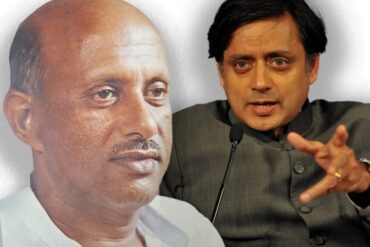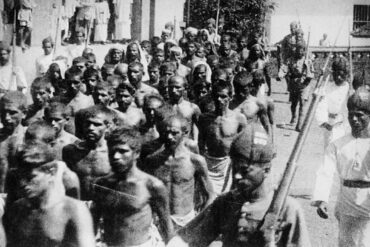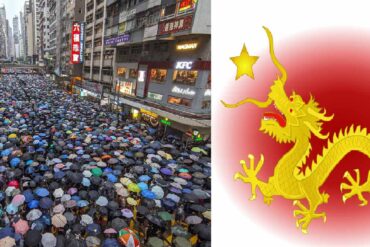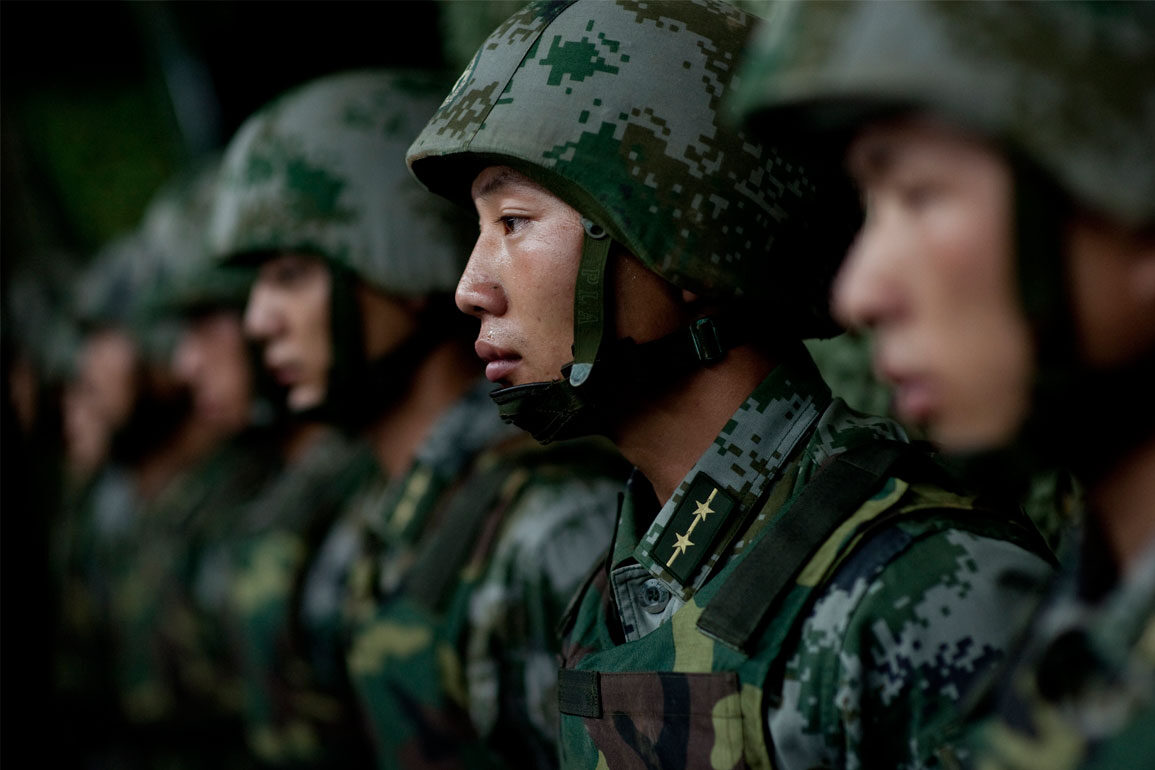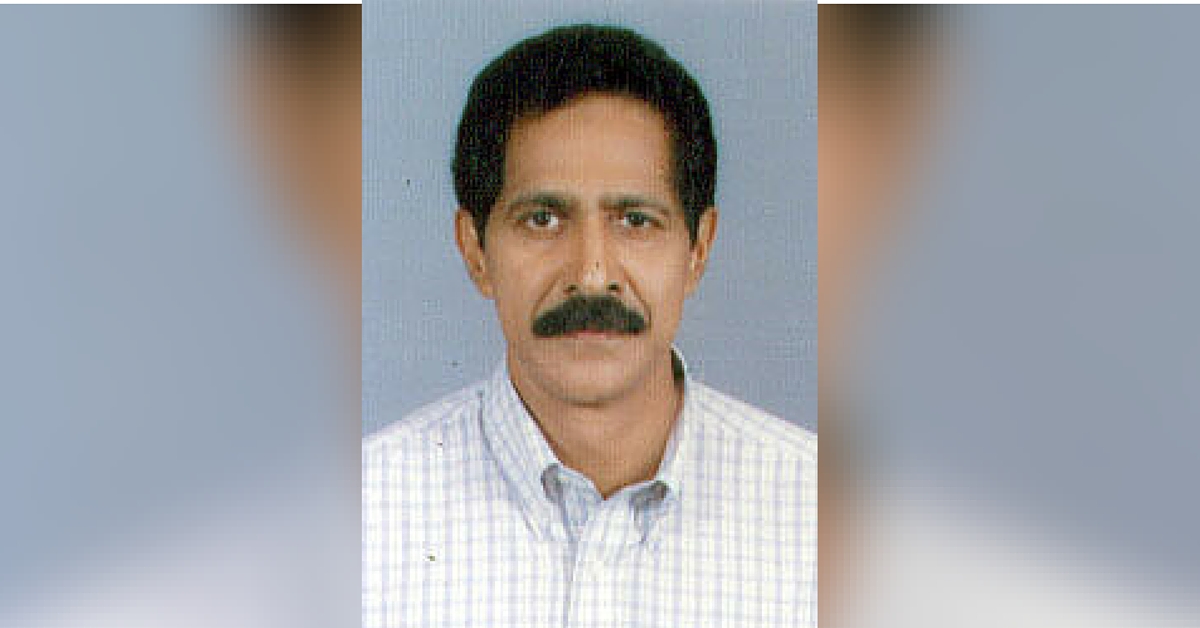At least three Indian soldiers, including a Colonel-rank officer, were killed Monday evening during violent clashes with the Chinese troops in the Galwan Valley, Indian Army said on Tuesday. “During the de-escalation process underway in the Galwan Valley, a violent face-off took place yesterday night with casualties on both sides. The loss of lives on the Indian side includes an officer and two soldiers. Senior military officials of the two sides are currently meeting,” the Army said in a statement.
Not confirming the exact deaths in the camp of Chinese People’s Liberation Army (PLA) straightaway, Beijing’s foreign ministry called upon India to “strictly restrain its frontline troops from crossing the border or taking any unilateral action that may complicate the border situation”.
The fatal clashes at Galwan Valley, one of the three flashpoints in the ongoing military standoff in eastern Ladakh, mark the first instance in 45 years of deaths being reported due to the longstanding border dispute between the two Asian neighbours at the 3,488-km long boundary. The PLA had ambushed an Indian Army patrolling party in Arunachal Pradesh in 1975, which had left three soldiers dead.
All the three areas at the centre of the current border standoff – Galwan Valley, Pangong Tso Lake and the Hot Springs – have been patrolled by the Indian forces for decades, until China moved in troops beginning April to lay claim on the strategically-located locations. Monday evening’s border clash comes despite a reassuring statement by the Indian Army chief General M M Naravane, who had last week claimed for the first time that “disengagement” between Indian Army and Chinese troops had begun from the Galwan Valley in the northern areas of the Ladakh Union Territory after a series of local military consultations between the two forces.
In an interaction with reporters after delivering the keynote address at the passing out parade of the Indian Military Academy (IMA) in Dehradun at weekend, General Naravane highlighted that the military level talks between the two forces were yielding fruitful results. The four-star Indian Army General, however, cautioned that the People’s Liberation Army (PLA) was still in the Indian territory. “I would not like to use the word retreat in any context… We have started (disengaging) from the northern areas in the Galwan Valley,” said General Naravane. Both the sides are disengaging and we hope that situation improves as the talks progress, he added.
Indian Army veterans however express confidence that India holds a geographical edge in Galwan Valley vis-a-vis China, in case the security situation demands a stronger Indian response. “The entire Galwan Valley is overlooked by the Daulat Beg Oldi airbase, notes former General Officer Commanding-in-Chief of Indian Army’s Eastern Command Lieutenant General Abhay Krishna, who adds that India possesses a “geographical edge” in the region.”
“DBO is adjacent to the Chip Chap river, lies 8 km south and 9 km west of the Line of Actual Control (LAC) with China. The air distance to the Karakoram Pass from DBO is just 10 Km. Even though India has never raised any additional territorial claim, connecting through land route with DBO perhaps makes China apprehensive of India challenging their interests especially with respect to Aksai Chin,” explains Lt General Krishna, a key person who helped successfully negotiate the Doklam standoff in 2017.
The army veteran who has served in the Army for almost four decades says that barring a few pockets along the LAC, India definitely enjoys a terrain advantage at its border with China. “Indian Army soldiers are battle hardened and highly acclimatised to operate under every adverse condition unlike the soldiers of People Liberation Army which actually belongs to CCP and not to the Chinese Nation,” added Lt Gen Abhay Krishna.
The construction of the nine kilometre road linking the strategic Darbuk Shyok-Daulat Beg Oldi (DSDBO) Road to the Galwan Valley (patrolling point 14) has triggered the latest intrusions of Chinese People’s Liberation Army (PLA) soldiers accompanied by building of infrastructure into the Indian side of the Line of Actual Control (LAC).
Colonel Jaibans Singh, an Indian Army veteran and a commentator on military affairs, also expresses confidence in India’s strategic edge over China in the Galwan Valley area. “The Galwan Valley is an area where the border issue with China is deemed to be settled. By building infrastructure in terms of roads, airstrips and communication, India has militarily and strategically all but secured the area,” he says.
Colonel Singh suggests that a stretched out affair in the Galwan Valley will go in India’s favour. “Let us see how they sustain themselves in the winter. They will themselves withdraw during the latter part of the year once it starts getting colder,” the defence expert reckons. Nearly 10,000 Chinese troops are reported to be present inside what has been Indian territory for decades.
(This is a developing story. At the time of writing this report, military level talks were reported to be underway between Indian and Chinese armies. A detailed statement by the Indian Army is expected later in the day)

